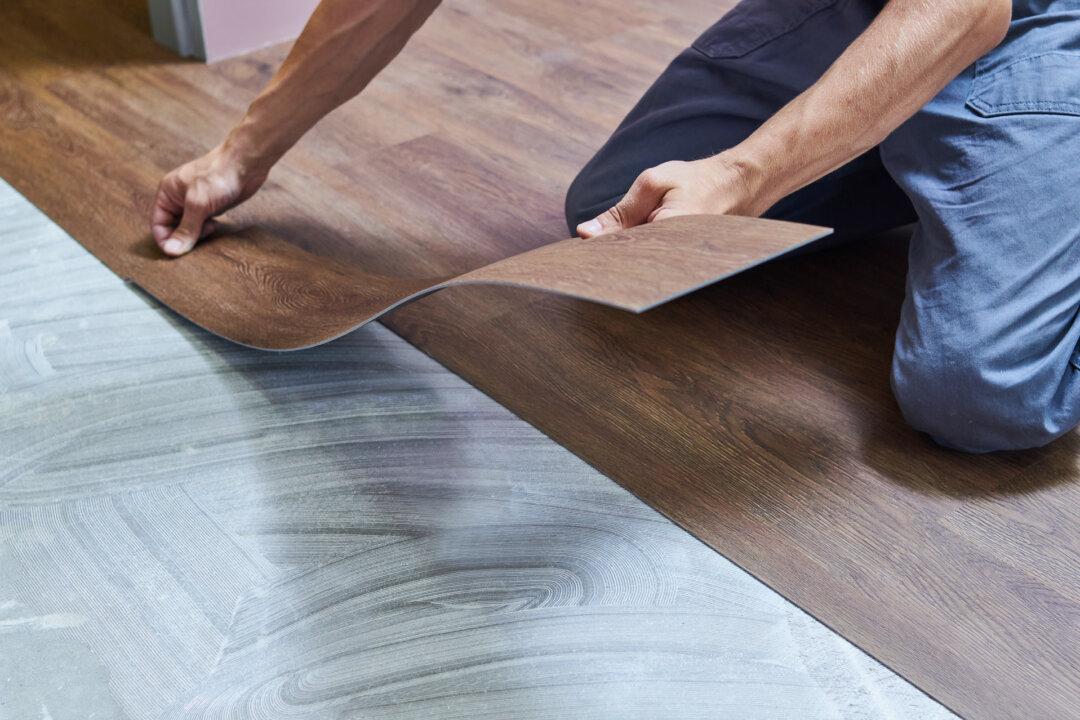In contrast, an air compressor stores energy in the pressurized air in the tank. This allows you to run the compressor from a 110-volt outlet but get up to twice as much power from the pneumatic tool. The only drawback is that you may have to take breaks to allow time to build up the pressure in the tank again.
Air hoses do wear out over time, and the typical air hose included with many home-use compressors is not the highest quality to start with. There are various grades of rubber air hoses available, but it can be difficult to distinguish the quality. Generally, the price is a good indicator.
You should probably consider some of the newer air hose materials instead of just settling for rubber. Rubber tends to crack around metal fittings over time, and because the exterior surface is porous, it can be difficult to keep clean. This can be a problem if you are working indoors and have the hose on carpet or over furniture.
Before selecting the type of air hose, consider the type of pneumatic tools you plan to use and the length of hose you need. These factors can determine how well the air tool operates. Air hose size is designated by the inside diameter of the hose, even though the outside may look the same. The most common sizes are 1/4- and 3/8-inch diameters.
A tool that uses a lot of compressed air volume will need a 3/8-inch hose. The label on the tool should list its airflow requirement. In order to save weight and cost, some people use a combination of hose materials. A typical setup is 25 feet of heavy 3/8-inch rubber hose with another 10 feet of lightweight plastic hose between it and the tool.
PVC is one of the newest hose materials that’s less expensive than good-quality rubber. It is lighter than rubber, which can be a significant advantage if you are working off the ground. The exterior is smooth, so it will not damage wood trim and it can easily be cleaned. A 50-foot 3/8-inch hose should cost from $10 to $20.
Another new material for air hoses is polyurethane. Its cost, from $30 to $65 for 50 feet, is significantly higher than other hose materials, but it is the favorite choice of many professionals. It weighs less than half as much as rubber and two-thirds as much as PVC. It is durable, but you should handle it with care because it tends to kink or twist.
For indoor jobs near the compressor, inexpensive nylon tubing is a good option. It is usually sold in 1/4-inch diameter and coiled. This makes it easy to store by the compressor, and it is also lightweight and easy to keep clean.






